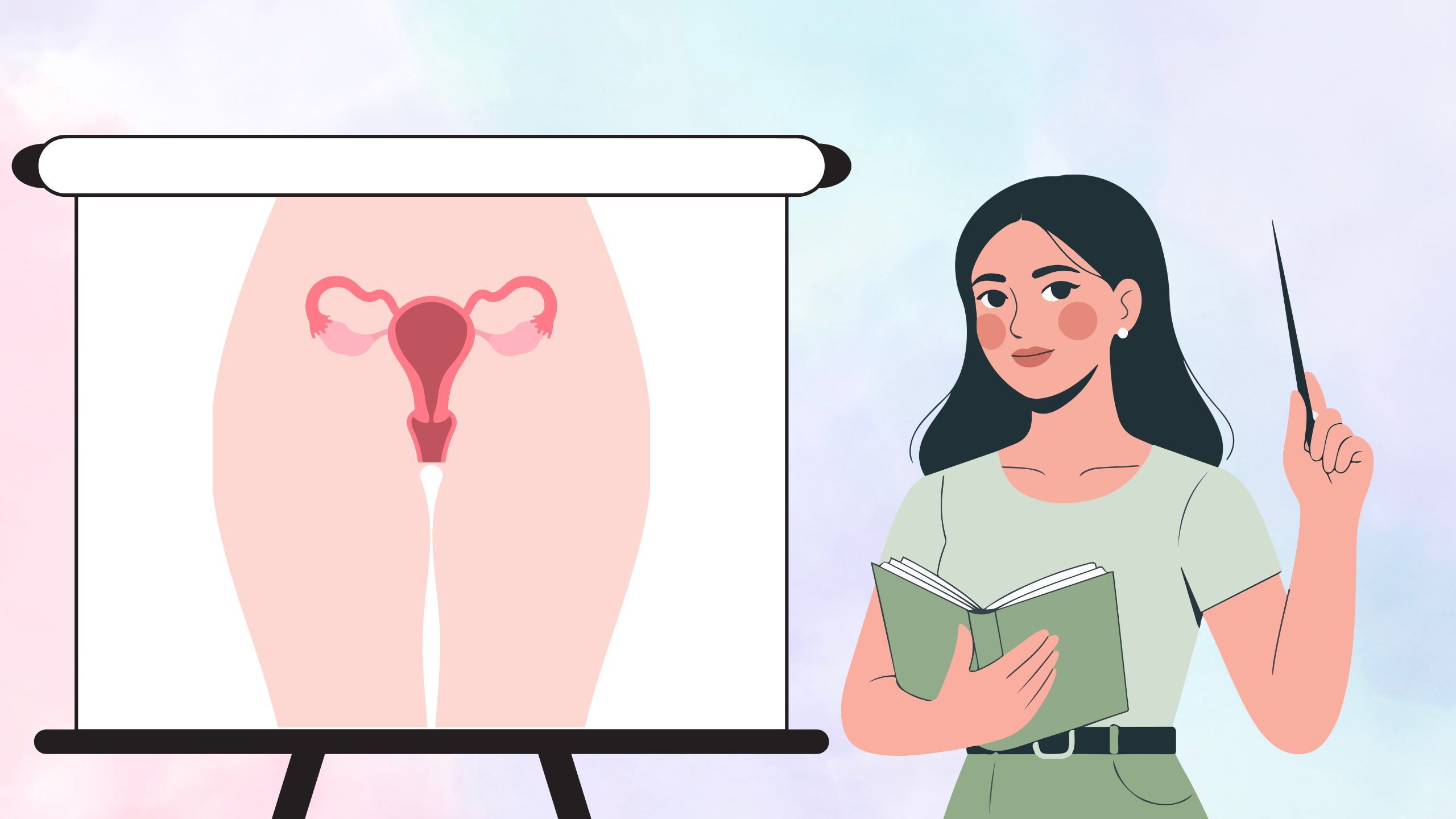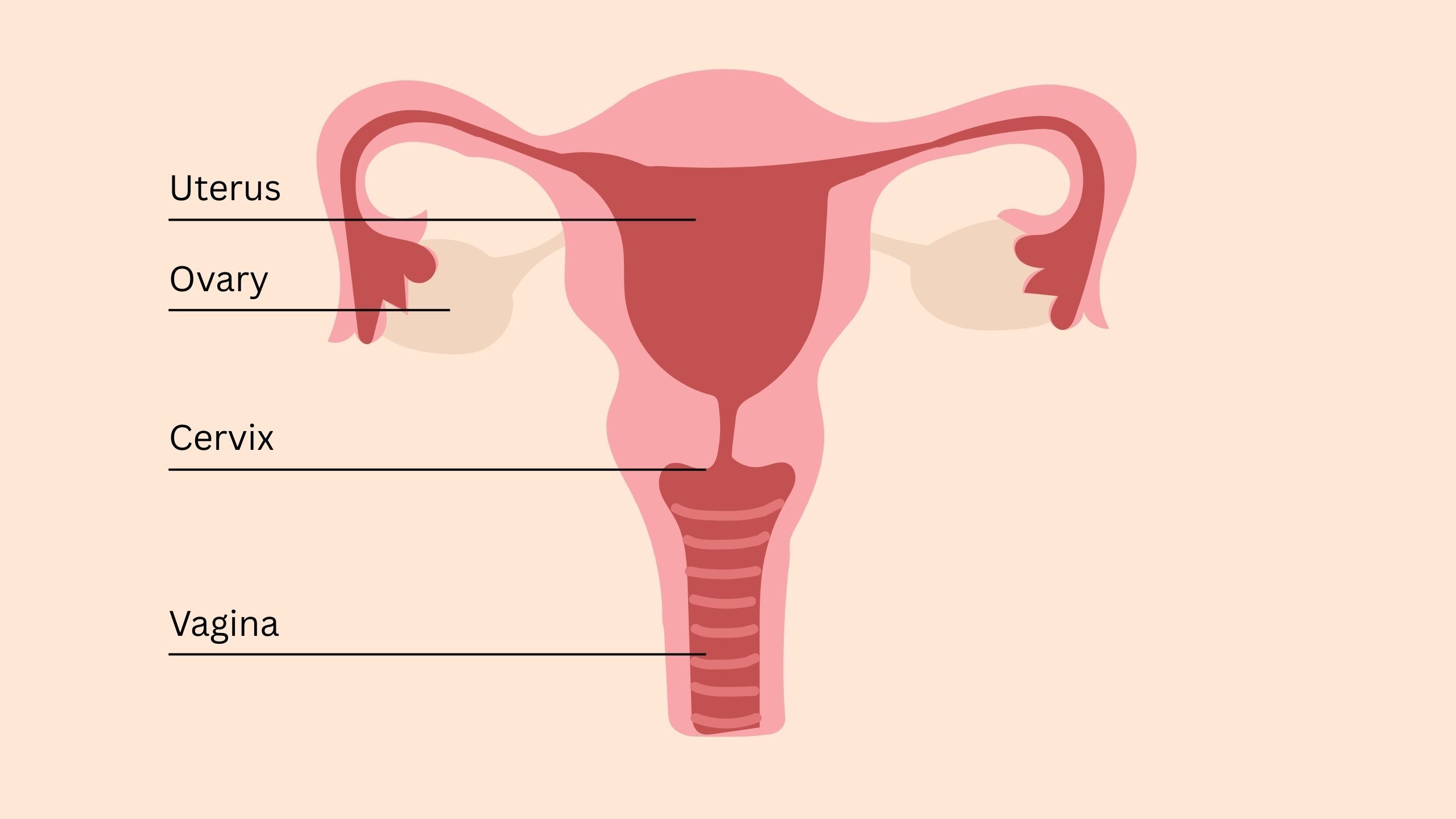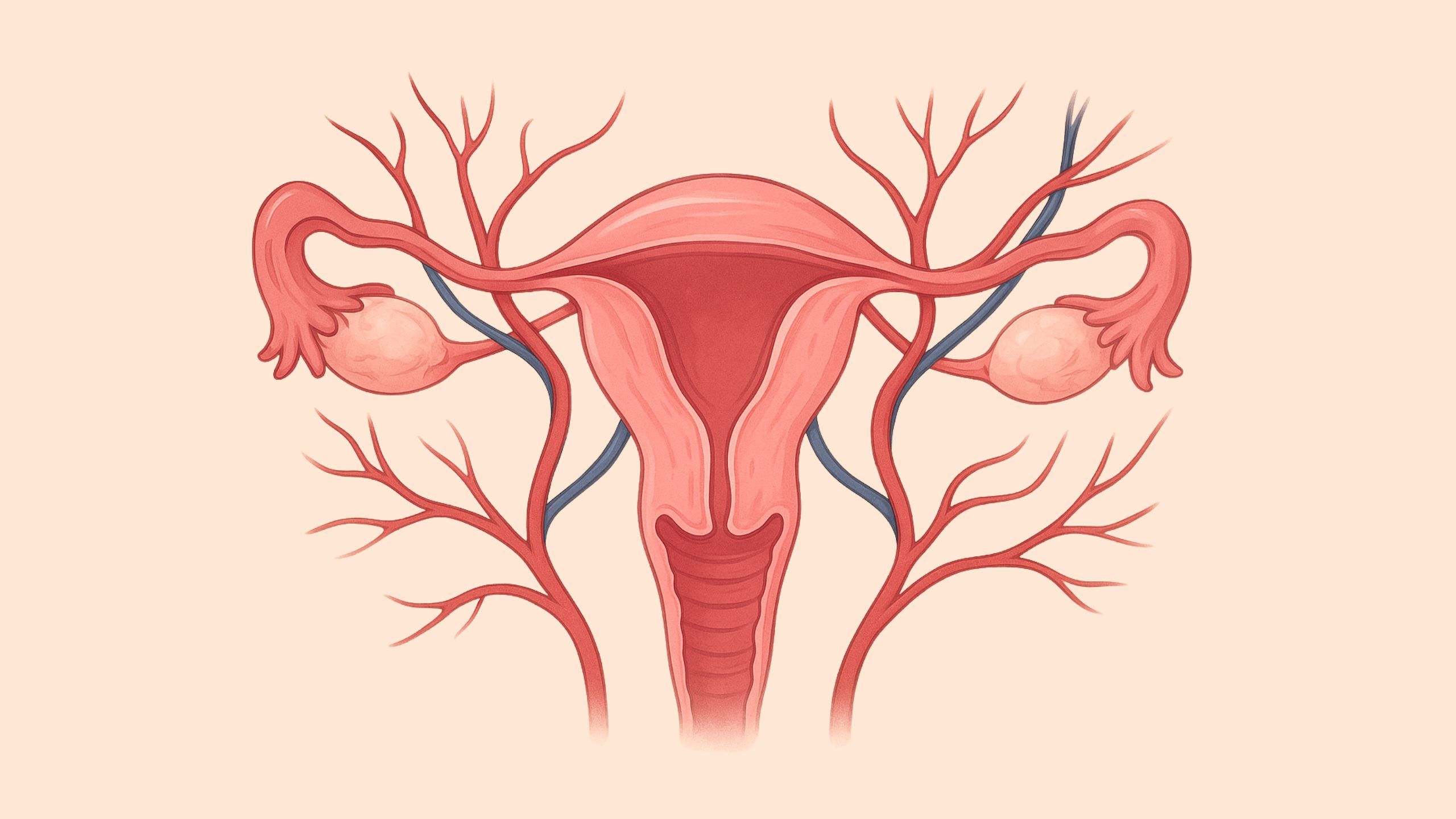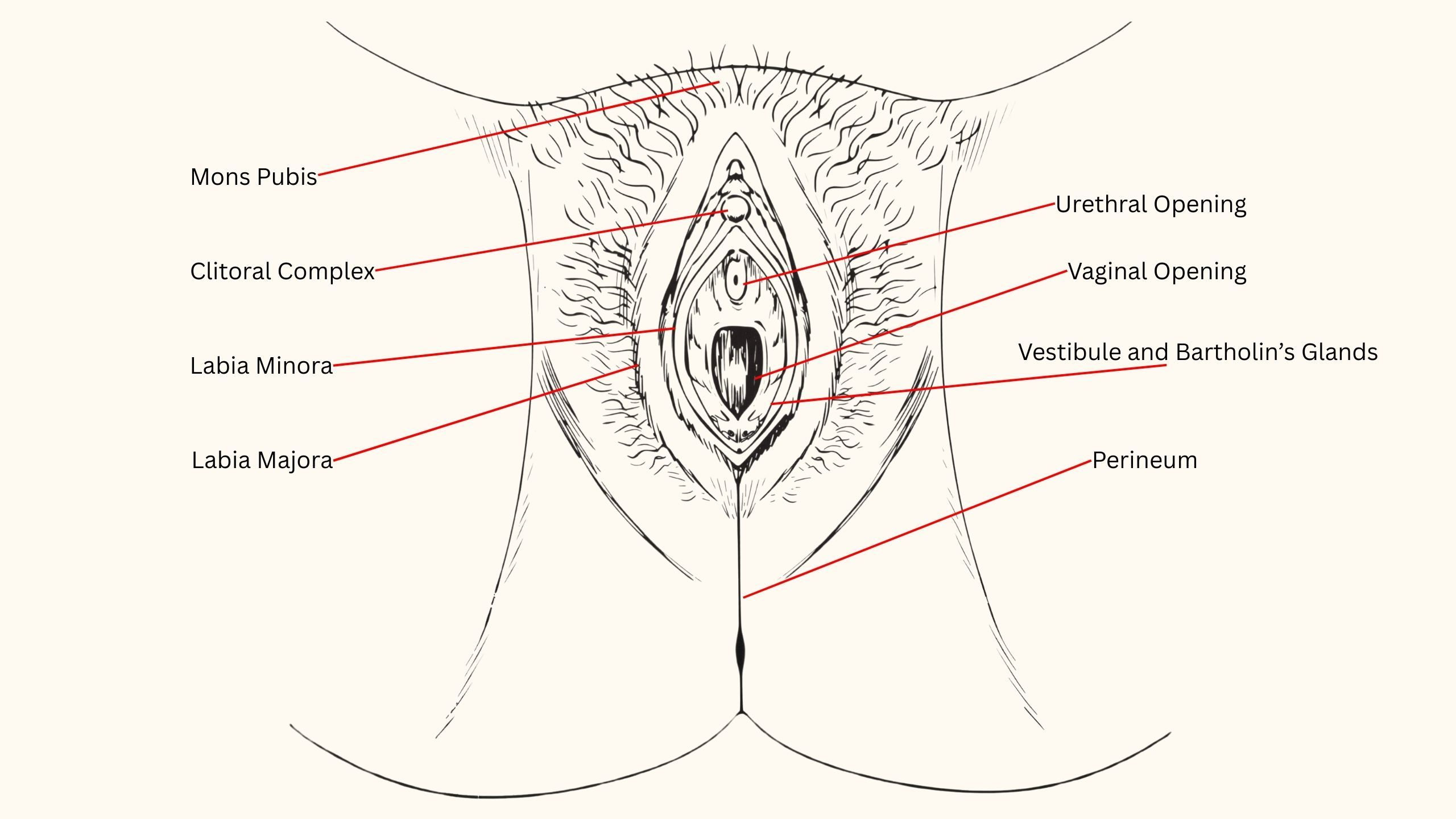Understanding the Role of Hormones in Vaginal Function

Hormones play a quiet but powerful role in how the body works, and the vagina is no exception. While it’s easy to think of hormones only in terms of puberty, periods, or pregnancy, they actually influence the vaginal environment across every stage of life. From moisture levels to elasticity, hormones act as behind-the-scenes managers, keeping things balanced and responsive.
This guide explores the ways hormones shape vaginal function, how these changes can show up at different ages, and what’s normal to expect over time.
The Hormones That Matter Most
Several hormones interact with vaginal tissue, but three stand out as especially influential:
-
Estrogen – The main driver of vaginal health, estrogen supports blood flow, maintains elasticity, and helps keep tissues plump and well-lubricated.
-
Progesterone – Works alongside estrogen, influencing the menstrual cycle and indirectly affecting the vaginal environment.
-
Testosterone – Present in smaller amounts in women, testosterone can influence libido and sensitivity.
Puberty: The Starting Point
When puberty begins, estrogen levels rise, and the vagina undergoes noticeable changes. The tissue thickens, natural lubrication develops, and the pH becomes more acidic, which helps protect against infection. These adjustments prepare the body for sexual and reproductive function, but they also mark the beginning of a long relationship between hormones and vaginal health.
The Menstrual Cycle and Monthly Shifts
Throughout the month, hormone levels fluctuate in predictable patterns:
-
During menstruation, estrogen and progesterone are low, which can lead to dryness or a more neutral vaginal pH.
-
As ovulation approaches, estrogen peaks, making the vagina more lubricated and elastic. Some women notice changes in natural discharge during this time—it becomes clearer and stretchier.
-
After ovulation, progesterone rises, sometimes leading to thicker discharge and a slightly different vaginal feel.
These changes are cyclical and normal, even if they sometimes feel inconsistent.
Pregnancy and Postpartum Changes
Pregnancy introduces an entirely new hormone balance. High estrogen and progesterone levels increase blood flow, often resulting in greater natural lubrication. After birth, however, estrogen levels drop—especially if breastfeeding—which can cause dryness or sensitivity. This shift is temporary, but it highlights just how responsive the vagina is to hormonal signals.
Midlife and Menopause
As menopause approaches, estrogen levels gradually decline. This can cause thinning of vaginal tissue, less elasticity, and reduced lubrication. Some people may experience discomfort or changes in sensation during sex. While these shifts are natural, they’re also one of the most noticeable hormone-driven changes in vaginal function.
Hormonal effects on vaginal function — quick reference
| Life stage | Dominant hormonal pattern | Typical vaginal effects |
|---|---|---|
| Puberty | Rising estrogen | Tissue thickening, new lubrication, acidic pH |
| Menstrual cycle | Cyclical estrogen/progesterone shifts | Variable lubrication, changing discharge, sensitivity shifts |
| Pregnancy & postpartum | High estrogen & progesterone (then drop postpartum) | Increased blood flow and lubrication; possible postpartum dryness |
| Perimenopause & menopause | Declining estrogen | Thinning tissue, reduced elasticity and lubrication, possible discomfort |
Beyond Reproduction: Everyday Influence
Hormones don’t just affect reproductive milestones—they play a role in everyday comfort and wellbeing. For instance:
-
Vaginal pH is tied to hormone balance, helping regulate healthy bacteria.
-
Natural lubrication depends on estrogen levels, which can vary with stress, sleep, and age.
-
Sensitivity and sexual response are influenced by both estrogen and testosterone.
What’s Normal, What’s Not
It’s important to remember that hormonal effects vary from person to person. Some people feel subtle changes month to month, while others notice more dramatic shifts. What’s consistent is that hormones remain central to how the vagina functions, adapts, and responds throughout life.
Practical Takeaways
-
Expect changes in vaginal comfort and lubrication across different life stages.
-
Pay attention to monthly patterns—they’re often tied to predictable hormonal shifts.
-
Understand that changes during pregnancy, postpartum, and menopause are normal responses to hormone fluctuations.
Final Thought
The vagina is not a static organ—it’s a responsive, adaptable part of the body that evolves over time. Hormones act as the regulators, quietly shaping how it feels and functions. By understanding these natural shifts, it becomes easier to recognize what’s happening and respond with patience and care.
Q & A
-
Q: Are hormonal changes in the vagina always a sign of a problem?
A: No. Many changes (variations in lubrication, discharge, or mild sensitivity) are normal and tied to the menstrual cycle, pregnancy, or aging. Seek medical advice only if you have persistent pain, unusual odor, heavy bleeding, or symptoms that interfere with daily life. -
Q: When does reduced lubrication become a concern?
A: Occasional dryness is common (stress, low sleep, breastfeeding, or certain medications can cause it). If dryness persists, causes pain during sex, or occurs with other symptoms, consider talking to a healthcare provider for options and evaluation. -
Q: Can lifestyle change hormone-related vaginal symptoms?
A: Yes. Sleep, stress management, balanced nutrition, staying hydrated, and avoiding smoking can influence overall hormone health and may reduce some symptoms. Local lubricants or moisturizers can help with symptomatic dryness. -
Q: Do hormones affect infection risk?
A: Hormones influence pH and the vaginal microbiome — when estrogen is low, the environment can become less protective. That doesn’t automatically mean infection, but it can increase vulnerability. If you suspect an infection, get evaluated. -
Q: Is it normal for sensation to change after childbirth or during menopause?
A: Yes. Changes in blood flow, tissue elasticity, and hormone levels can alter sensation. Many people experience changes that are temporary; others find them longer-lasting. Options exist to manage symptoms if they cause distress. -
Q: Should I take hormone therapy for vaginal symptoms?
A: Hormone therapy (systemic or local) can be effective for some menopausal symptoms, but it’s a personal decision and should be discussed with a clinician who can explain benefits, risks, and alternatives. -
Q: When should I see a healthcare professional?
A: If you have persistent pain, bleeding outside your normal pattern, a strong or unusual odor, or symptoms that do not improve with simple measures, make an appointment for evaluation.
Disclaimer: The articles and information provided by the Vagina Institute are for informational and educational purposes only. This content is not intended to be a substitute for professional medical advice, diagnosis, or treatment. Always seek the advice of your physician or another qualified health provider with any questions you may have regarding a medical condition.


 English
English  Deutsch
Deutsch  Español
Español  Français
Français 




